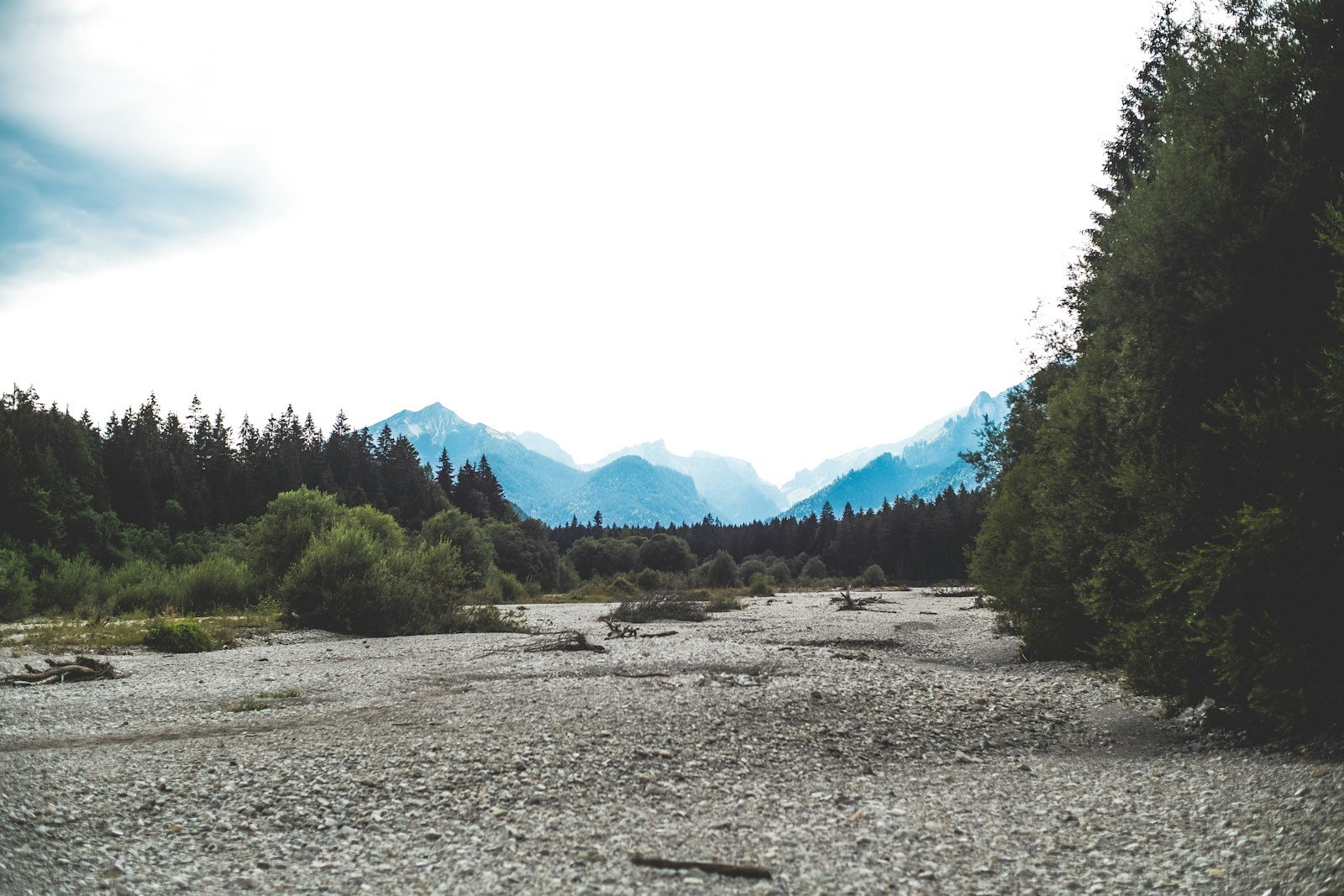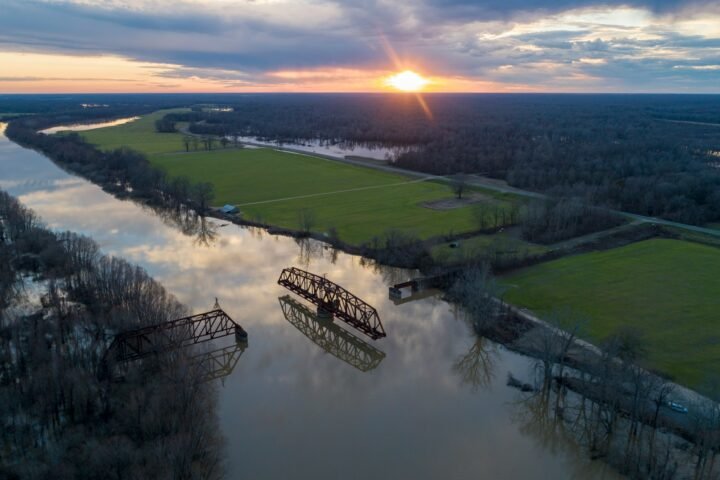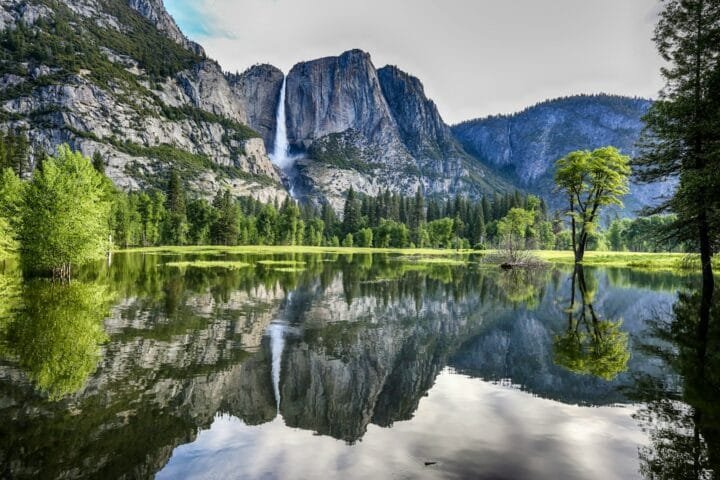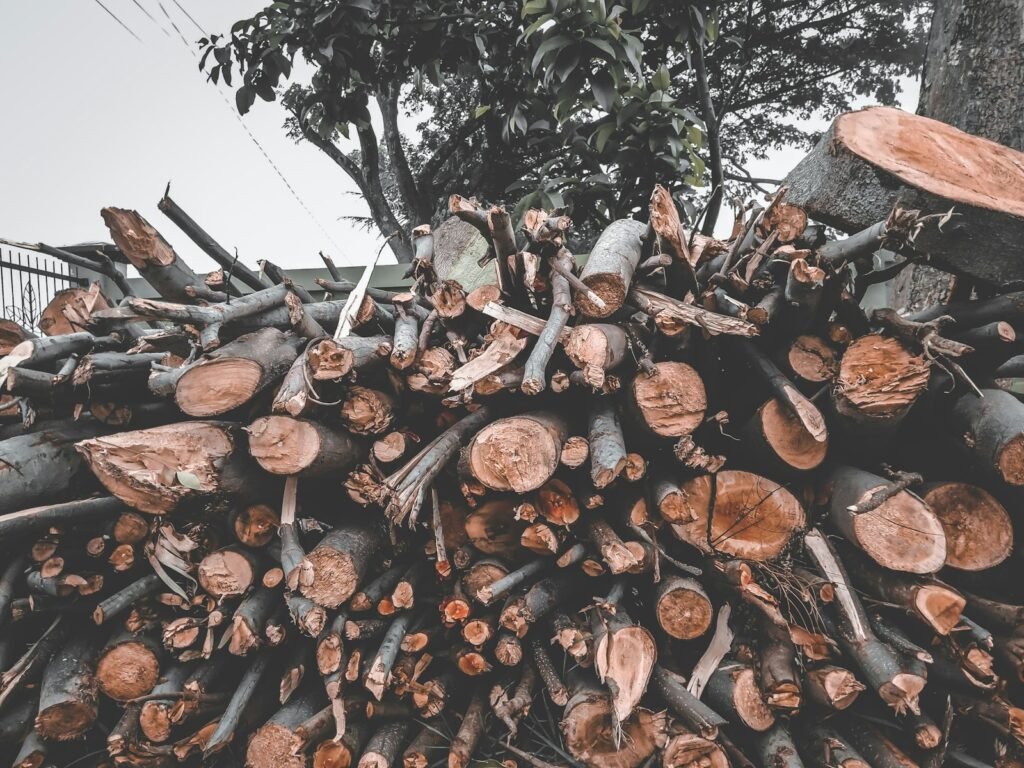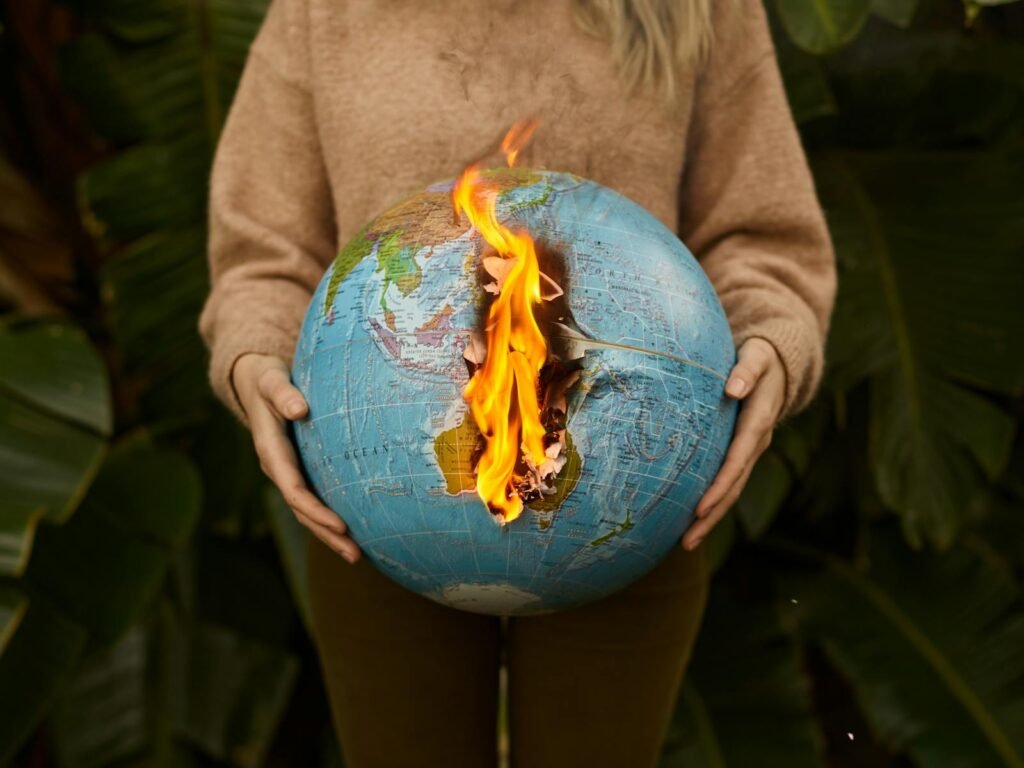Summary
Climate change is causing rivers worldwide to dry up at alarming rates, with 2023 marking the driest year on record. A report by the World Meteorological Organization highlights that over 50% of river watersheds faced abnormal conditions, linking extreme weather patterns and rising temperatures to declining river levels. The situation is compounded by natural climate cycles, making weather patterns more unpredictable, and poses significant threats to ecosystems, economies, and human lives.
Highlights -🌊
- Driest Year on Record: 2023 was the hottest year, impacting river levels globally.
- WMO Report: Over 50% of river watersheds faced abnormal conditions.
- Extreme Weather: Climate change is linked to floods and droughts.
- Hydrological Cycle: Rising temperatures are altering the natural water cycle.
- Natural Climate Patterns: Shifts from La Niña to El Niño are exacerbating water issues.
- Amazon River Basin: Experienced its lowest water levels since 1902.
- Global Warning: Unpredictable weather threatens lives and ecosystems.
River Runs Through It
The world’s rivers are drying up at rates faster than ever before thanks to climate change — and last year was the driest on record.
In a new report, the World Meteorological Organization (WMO) announced that river levels around the world have continued to plummet over the past five years.
In 2023, more than 50 percent of all river watersheds experienced abnormal conditions, and most were at a deficit. Coinciding with that year being the hottest ever on record and extreme weather causing major floods among other disasters, the WMO says that there’s a clear link between climate change and low river levels.
“Water is the canary in the coal mine of climate change,” WMO secretary-general Celeste Saulo told The Guardian. “We receive distress signals in the form of increasingly extreme rainfall, floods, and droughts which wreak a heavy toll on lives, ecosystems, and economies.”
